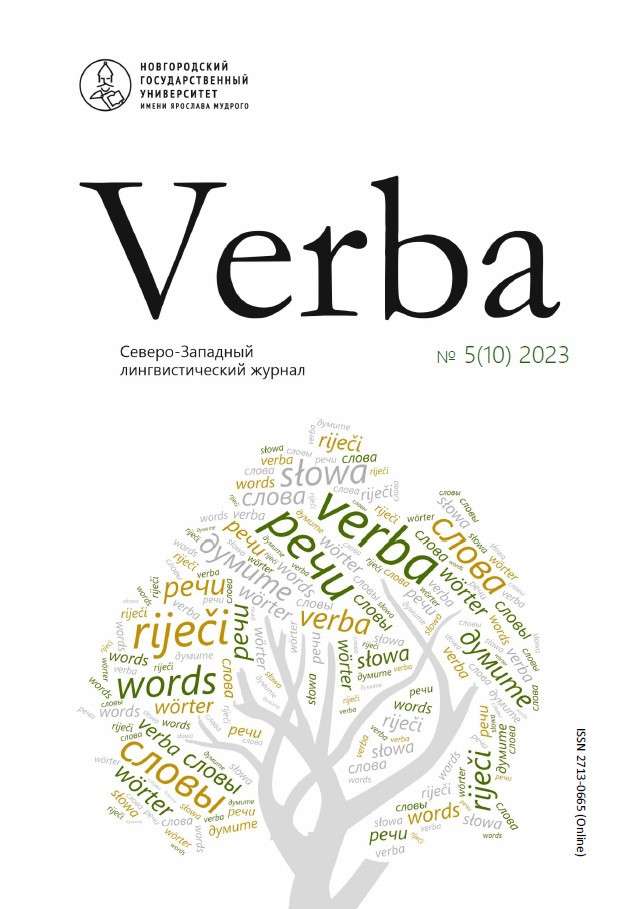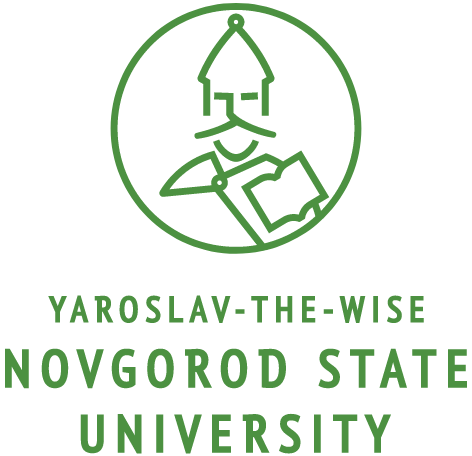Is it easy to submit documents on time?
DOI:
https://doi.org/10.34680/VERBA-2023-5(10)-57-67Keywords:
synonymy, situation structure, ambiguity, stylistic variants, stylistic thinkingAbstract
The article discusses the causes of disputes arising in the interpretation of the meaning of the verb predstavit’ ‘to submit’ and proposes their solution. This problem is considered on the real expert material concerning the combination predstavit’ dokumenty ‘to submit documents’. This material shows that the combination of the verb predstavit’ ‘to submit’ with an indication of the time and mode of action leads to communicative failure, that is, it creates ambiguity and a conflictogenic situation. According to the authors of the article, the ability of native speakers to see ambiguity and avoid it is a necessary part of their stylistic thinking. Therefore, discussion of its reasons and ways of its elimination is an integral part of stylistics. In order to solve the questions arising from this combination, a semantic analysis of verbs that can be used to describe the situation of predstavleniye dokumentov ‘submission of documents’ is carried out. The differences in their semantics are revealed by describing the structure of this situation itself, i.e. by applying an action approach — from the type of situation to the peculiarities of the means denoting it. The complex nature of this situation, the presence of two ultimate stages in it, including sending and receiving, determines the presence in the Russian language of different lexical means that describe both these separate stages and the situation as a whole. The means of the first type include the verbs napravit’ and otpravit’ ‘to send’, marking the first stage, and the verb poluchit’ ‘to receive’, marking the second one. The verb vruchit’ ‘to hand over’ emphasizes the moment of change of stages and the method of presentation. The verb predstavit’, unlike the others, is intended to indicate the situation in the most general form, and this is associated with the ambiguity of the time indications used with it. The holistic nature of the description of the situation is incompatible with the specification of conditions for its successful completion, which relate to its individual stages. The article concludes that it is important to continue work on an explanatory dictionary of synonyms of the Russian language, the tasks of which include the description of such differences.
Downloads
Downloads
Published
How to Cite
Issue
Section
License
Copyright (c) 2024 Verba

This work is licensed under a Creative Commons Attribution-NonCommercial 4.0 International License.








